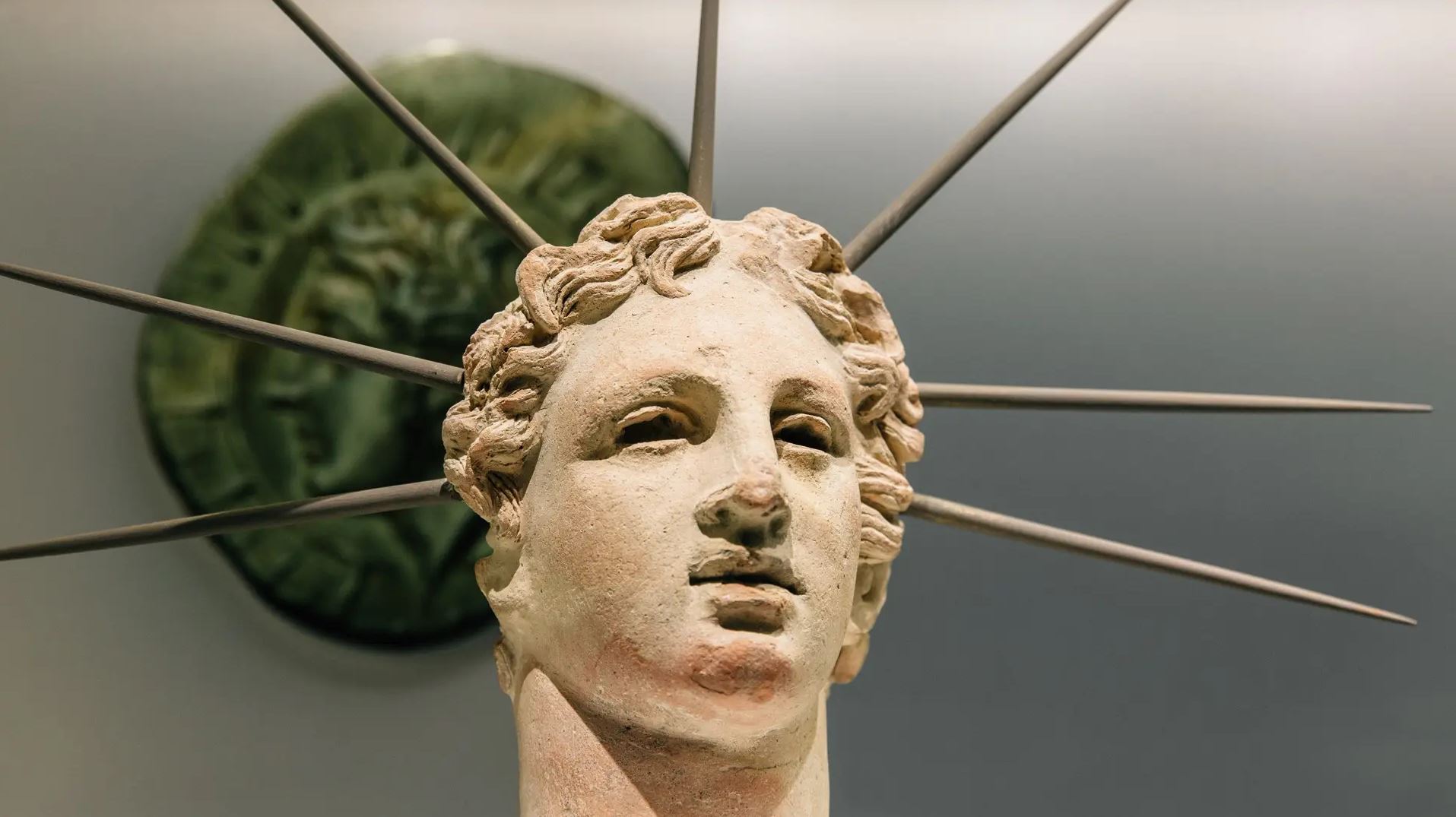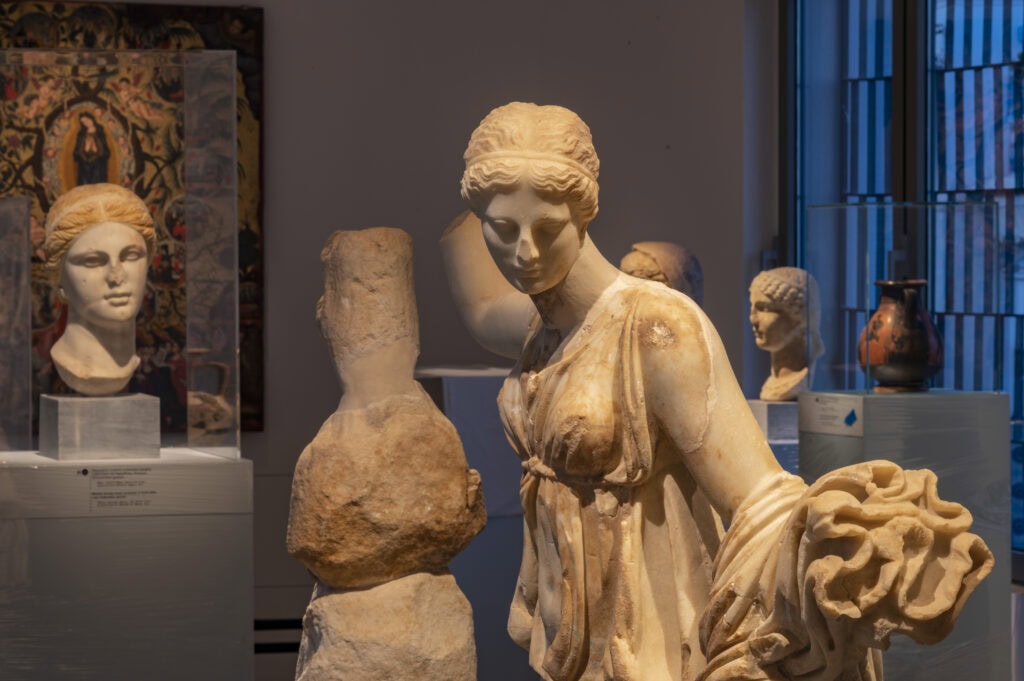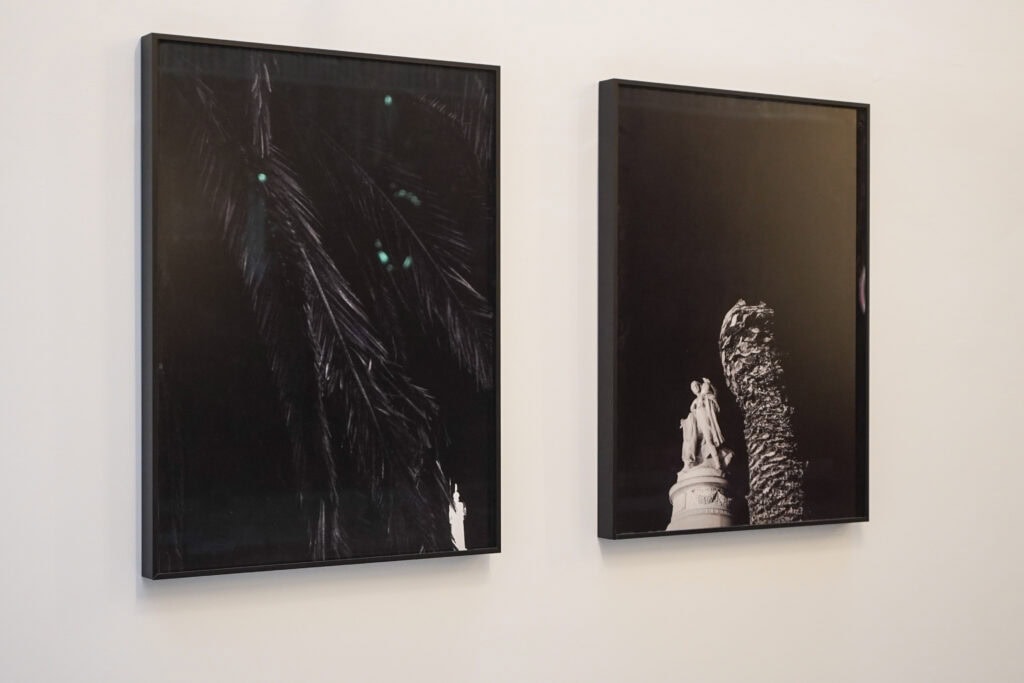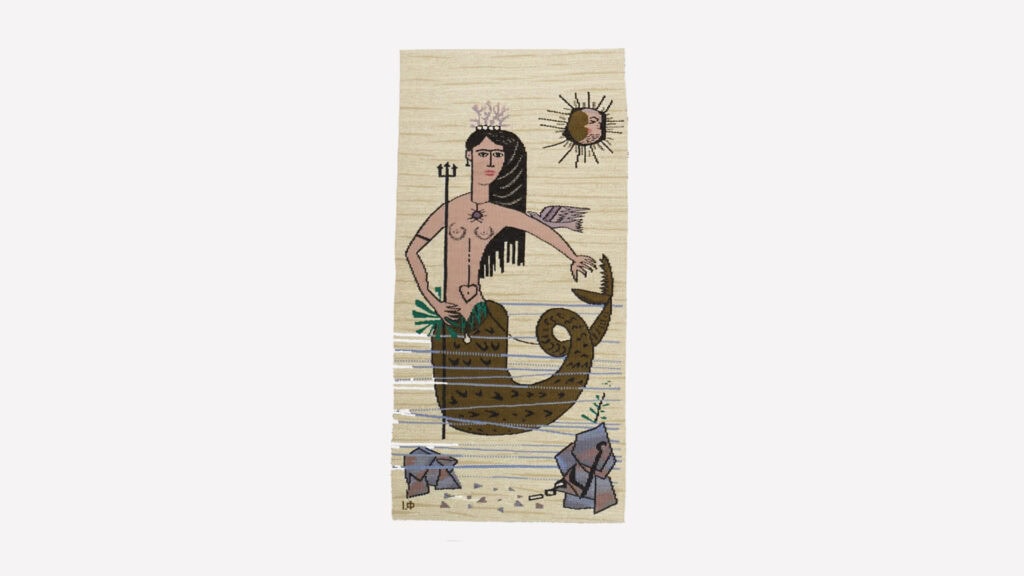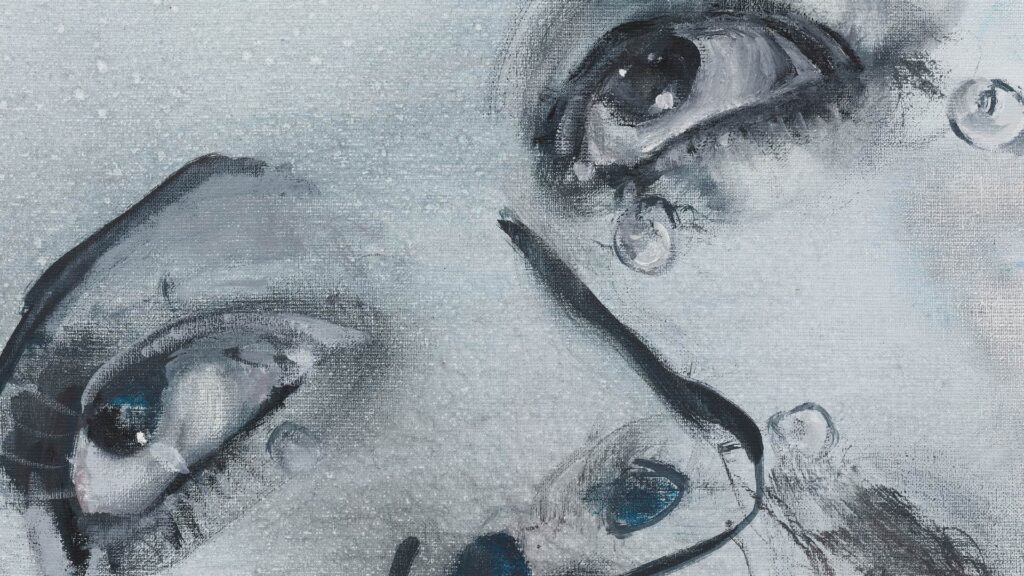Test Page
DATA 1
DATA 2
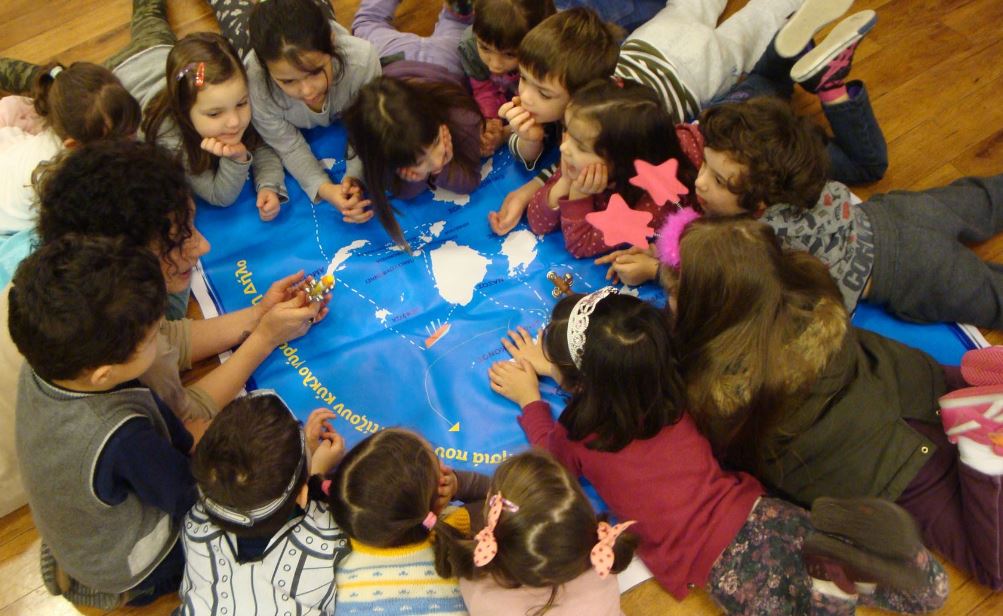
page title
data 1
data 2

The earliest script was syllabic (each symbol denoting a vowel or a combination of consonant and vowel) and presented obvious similarities to Minoan Linear A. It was probably introduced from Crete and adapted to the needs of the ancient Cypriot language. The script is called Cypro-Minoan but has not been deciphered yet (as is also the case with Linear A). Cypro-Minoan texts have been found on clay tablets at Enkomi in Cyprus and Ugarit in Syria, suggesting that they were used both for administration and commercial transactions. Otherwise, Cypro-Minoan symbols have been occasionally found on clay cylinders (also of administrative use), bronze and ivory objects as well as on clay balls.
BLOCK TITLE
Block Description
The earliest script was syllabic (each symbol denoting a vowel or a combination of consonant and vowel) and presented obvious similarities to Minoan Linear A. It was probably introduced from Crete and adapted to the needs of the ancient Cypriot language. The script is called Cypro-Minoan but has not been deciphered yet (as is also the case with Linear A). Cypro-Minoan texts have been found on clay tablets at Enkomi in Cyprus and Ugarit in Syria, suggesting that they were used both for administration and commercial transactions. Otherwise, Cypro-Minoan symbols have been occasionally found on clay cylinders (also of administrative use), bronze and ivory objects as well as on clay balls.
The earliest script was syllabic (each symbol denoting a vowel or a combination of consonant and vowel) and presented obvious similarities to Minoan Linear A. It was probably introduced from Crete and adapted to the needs of the ancient Cypriot language. The script is called Cypro-Minoan but has not been deciphered yet (as is also the case with Linear A). Cypro-Minoan texts have been found on clay tablets at Enkomi in Cyprus and Ugarit in Syria, suggesting that they were used both for administration and commercial transactions. Otherwise, Cypro-Minoan symbols have been occasionally found on clay cylinders (also of administrative use), bronze and ivory objects as well as on clay balls.
The earliest script was syllabic (each symbol denoting a vowel or a combination of consonant and vowel) and presented obvious similarities to Minoan Linear A. It was probably introduced from Crete and adapted to the needs of the ancient Cypriot language. The script is called Cypro-Minoan but has not been deciphered yet (as is also the case with Linear A). Cypro-Minoan texts have been found on clay tablets at Enkomi in Cyprus and Ugarit in Syria, suggesting that they were used both for administration and commercial transactions. Otherwise, Cypro-Minoan symbols have been occasionally found on clay cylinders (also of administrative use), bronze and ivory objects as well as on clay balls.
The earliest script was syllabic (each symbol denoting a vowel or a combination of consonant and vowel) and presented obvious similarities to Minoan Linear A. It was probably introduced from Crete and adapted to the needs of the ancient Cypriot language. The script is called Cypro-Minoan but has not been deciphered yet (as is also the case with Linear A). Cypro-Minoan texts have been found on clay tablets at Enkomi in Cyprus and Ugarit in Syria, suggesting that they were used both for administration and commercial transactions. Otherwise, Cypro-Minoan symbols have been occasionally found on clay cylinders (also of administrative use), bronze and ivory objects as well as on clay balls.


